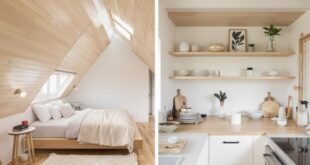Studio Apartment Design Ideas: Making the Most of Your Small Space
Living in a studio apartment presents a unique set of design challenges. How do you fit everything you need into a single room without it feeling cramped, cluttered, or, let’s face it, depressing? The key is smart planning, clever design choices, and a healthy dose of creativity. Forget the image of a cramped, sterile box. With the right approach, your studio can be a stylish, functional, and inviting haven that reflects your personal taste.
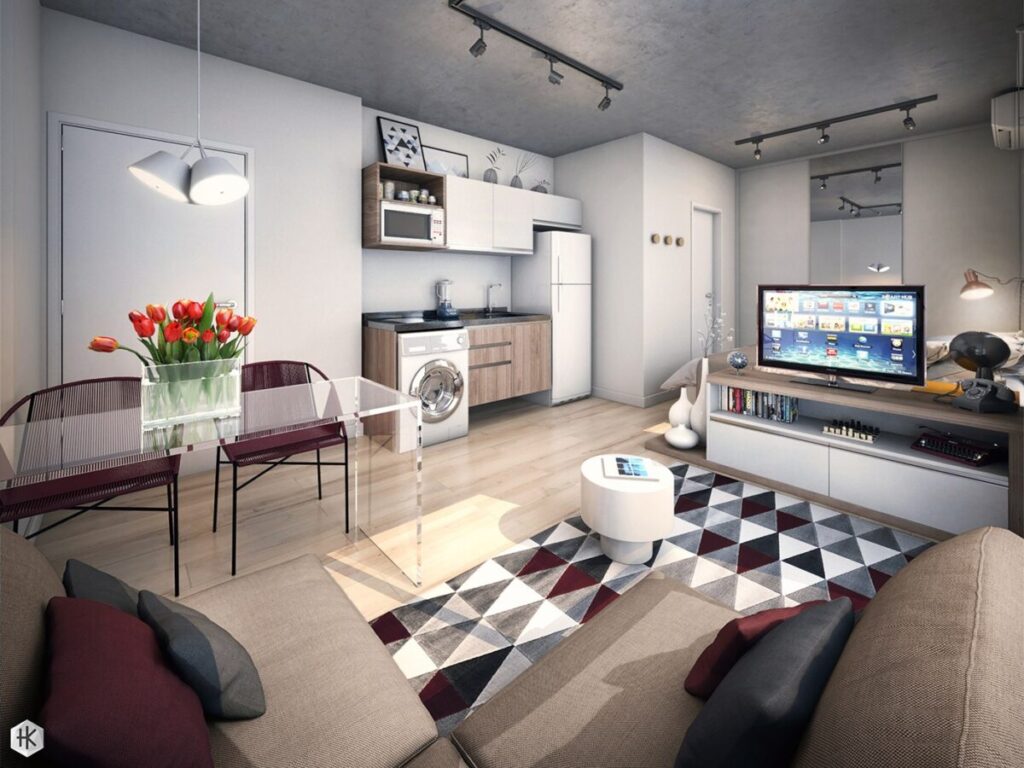
This comprehensive guide dives deep into the world of studio apartment design, offering a wealth of inspiration and practical tips to help you transform your tiny abode into the dream space you’ve always wanted. We’ll cover everything from maximizing space and creating distinct zones to choosing the right furniture and adding personal touches that make your studio feel like home. Get ready to unlock the potential of your small space!
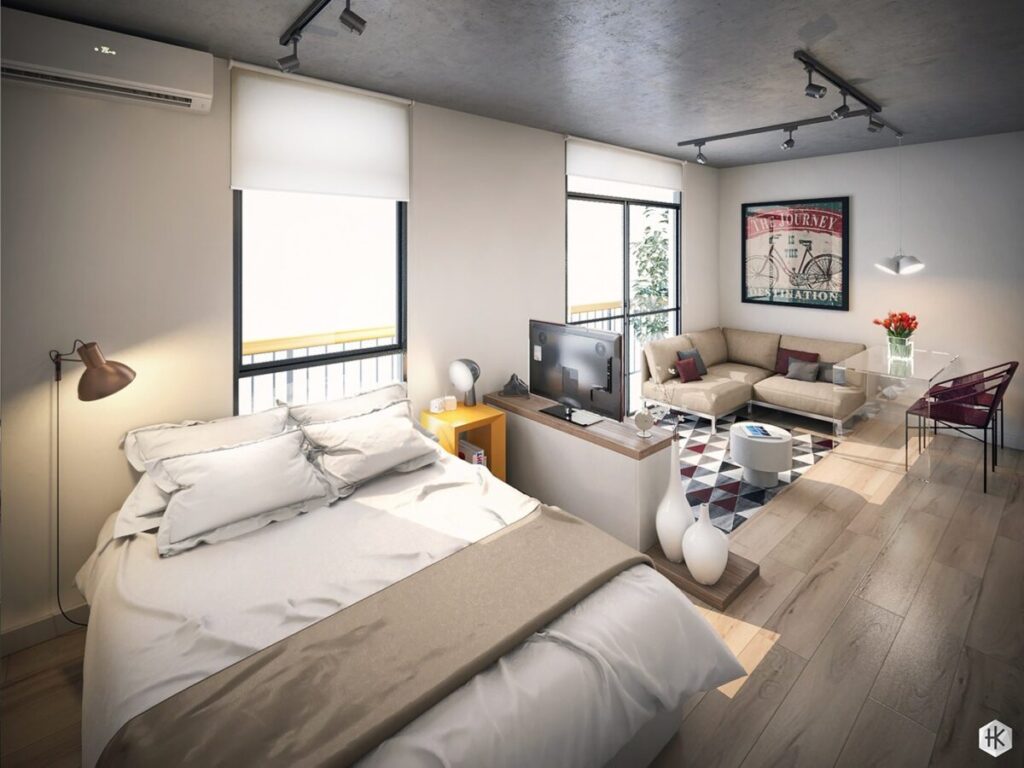
Understanding the Challenges and Opportunities
Before diving into specific design ideas, it’s crucial to acknowledge the unique challenges that studio apartments present. Limited square footage, a lack of defined rooms, and the need to juggle multiple functions within a single area can feel overwhelming. However, these challenges also present exciting opportunities for innovation and self-expression.
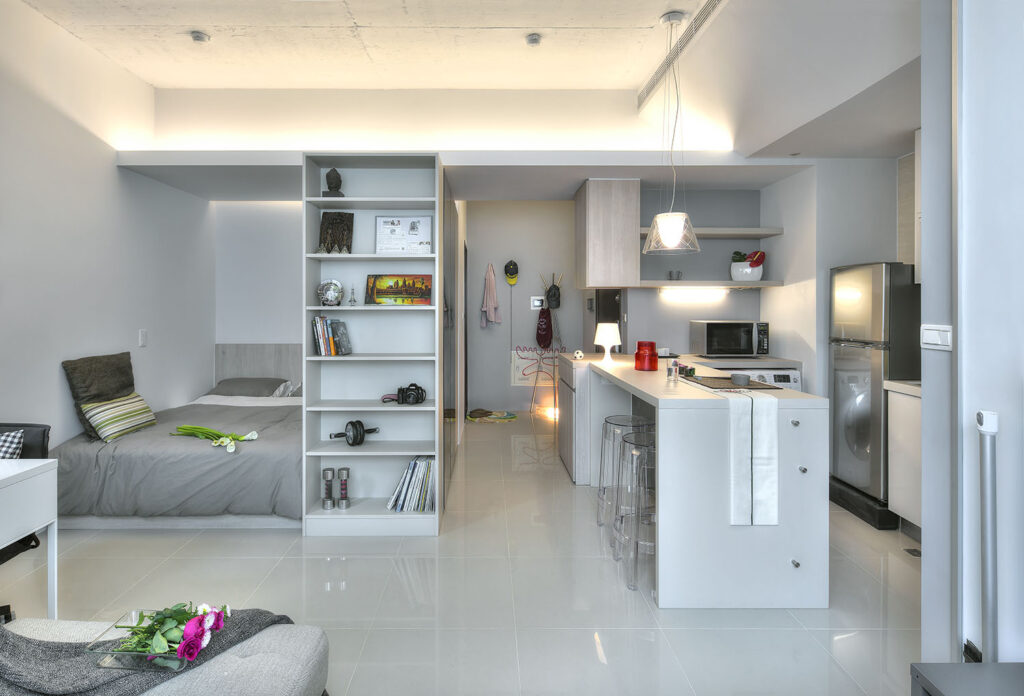
Think of your studio as a blank canvas. It’s a chance to experiment with different design styles, create a personalized space that perfectly suits your lifestyle, and prove that big style can indeed come in small packages. The trick is to embrace the limitations and turn them into strengths.
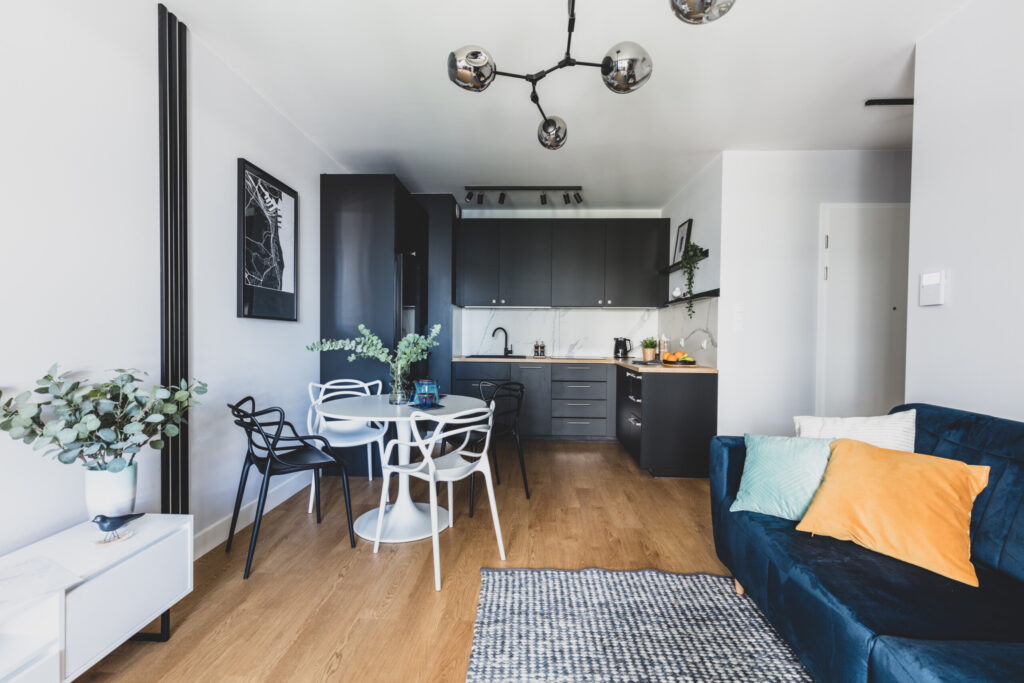
Key Challenges
- Limited Space: This is the most obvious challenge. Every inch counts, and careful planning is essential to avoid clutter and maximize functionality.
- Lack of Privacy: With no separate bedrooms, creating a sense of privacy can be tricky. Strategic furniture placement and clever partitioning techniques are crucial.
- Multifunctional Zones: Your studio needs to serve as a bedroom, living room, dining area, and sometimes even a home office. Defining these zones is key to creating a cohesive and organized space.
- Storage Constraints: Finding adequate storage space can be a major hurdle. Vertical storage solutions and multifunctional furniture are your best friends.
- Maintaining a Sense of Order: Because everything is in one room, clutter can quickly accumulate and make the space feel overwhelming. Regular decluttering and smart organization are essential.
Embracing the Opportunities
- Creative Design Expression: Studios offer a unique opportunity to experiment with different design styles and create a highly personalized space.
- Simplified Living: Living in a smaller space encourages minimalism and forces you to prioritize what’s truly important.
- Budget-Friendly Decorating: Decorating a small space can be more affordable than furnishing a larger home, allowing you to splurge on high-quality pieces you truly love.
- Easy Maintenance: Cleaning and maintaining a studio apartment is generally quicker and easier than managing a larger home.
- Cozy and Intimate Atmosphere: With the right design, a studio can feel incredibly cozy, intimate, and inviting.
Maximizing Space: Smart Strategies for Studio Living
The foundation of any successful studio apartment design is maximizing the available space. Here are some essential strategies to help you make the most of every square inch:
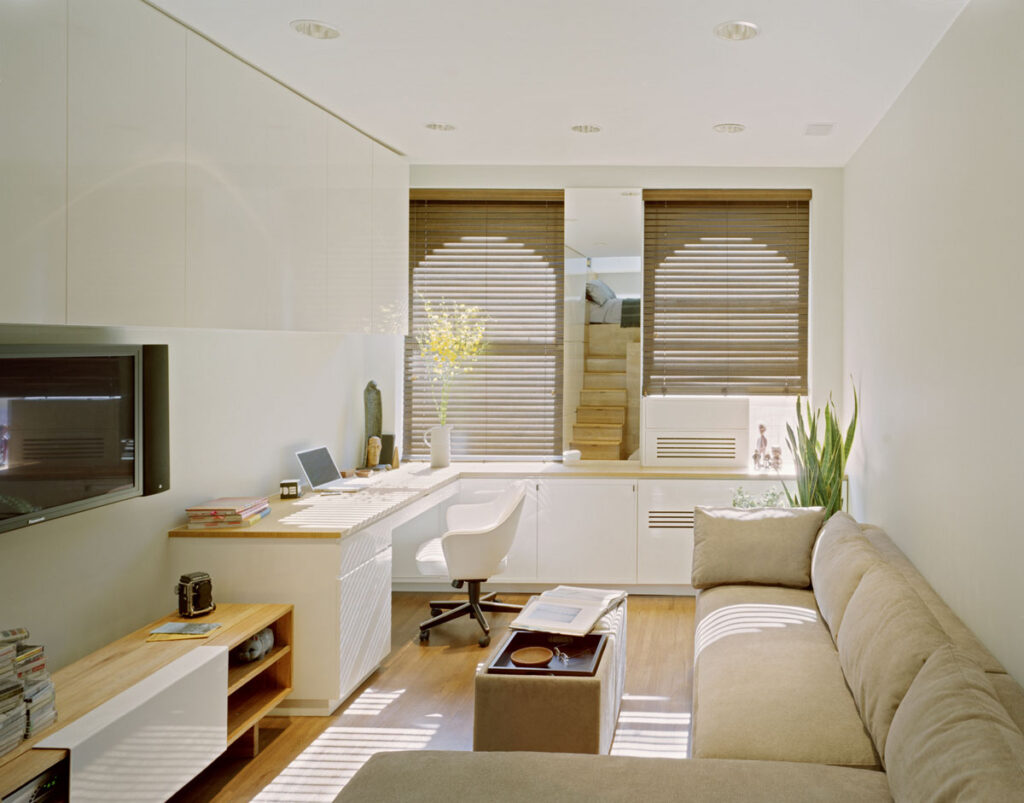
Vertical Storage: Thinking Upwards
When floor space is limited, look up! Vertical storage is a game-changer for studio apartments. Utilize wall-mounted shelves, tall bookcases, and even ceiling-high cabinets to create ample storage without taking up precious floor space.
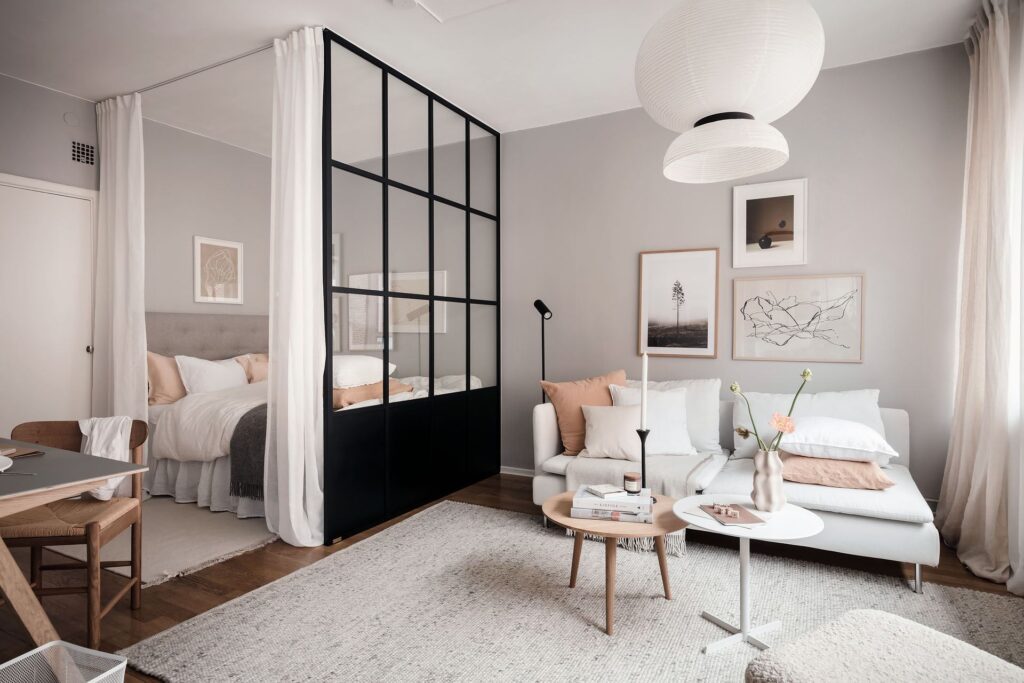
- Floating Shelves: A stylish and space-saving option for displaying books, plants, and decorative items.
- Tall Bookcases: Not just for books! Use baskets and bins to organize smaller items and maximize storage capacity.
- Wall-Mounted Cabinets: Ideal for storing kitchen essentials, linens, or even clothing.
- Hanging Organizers: Perfect for closets or behind doors, providing extra storage for shoes, accessories, or cleaning supplies.
Multifunctional Furniture: The Key to Versatility
Invest in furniture that serves multiple purposes. This is perhaps the most important element of studio apartment design. A sofa bed can transform your living room into a bedroom, a coffee table with storage can hide clutter, and a dining table that folds down can save space when not in use.
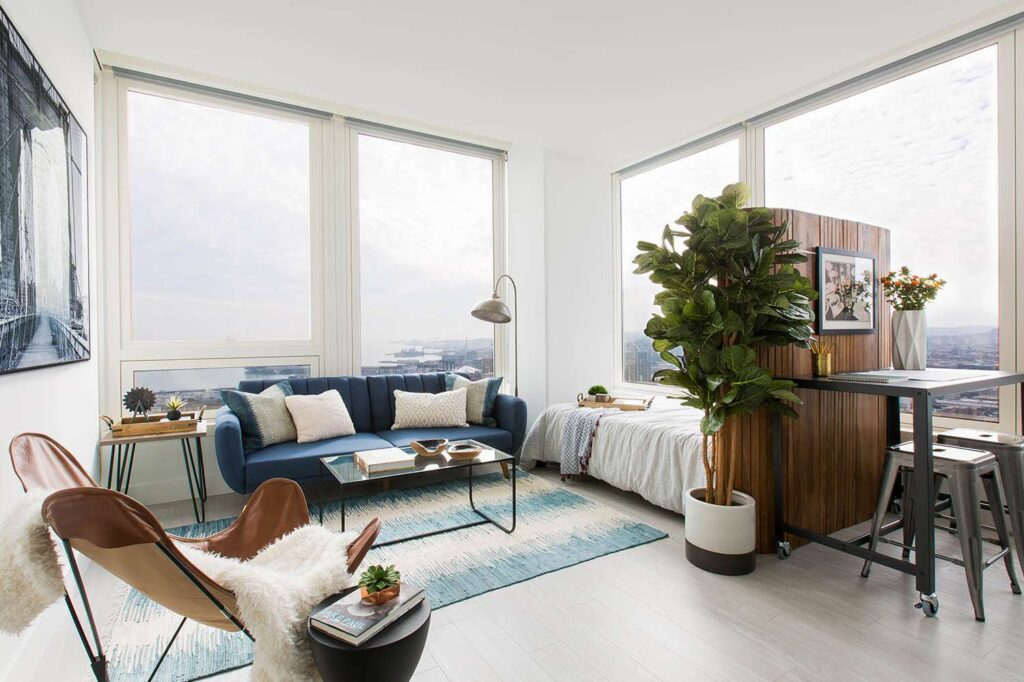
- Sofa Beds: A classic choice for studio apartments, providing a comfortable seating area that easily converts into a bed. Consider options with built-in storage.
- Coffee Tables with Storage: Lift-top coffee tables offer hidden storage for blankets, pillows, or books.
- Folding Dining Tables: Ideal for small spaces, these tables can be folded away when not in use, freeing up valuable floor space.
- Ottomans with Storage: A versatile piece of furniture that can be used as a footrest, extra seating, or a storage container.
- Storage Beds: Beds with drawers underneath provide ample storage for clothing, linens, or other items.
Mirrors: Creating the Illusion of Space
Mirrors are a designer’s secret weapon for making small spaces feel larger and brighter. Strategically placed mirrors can reflect light and create the illusion of depth, instantly expanding the perceived size of your studio.
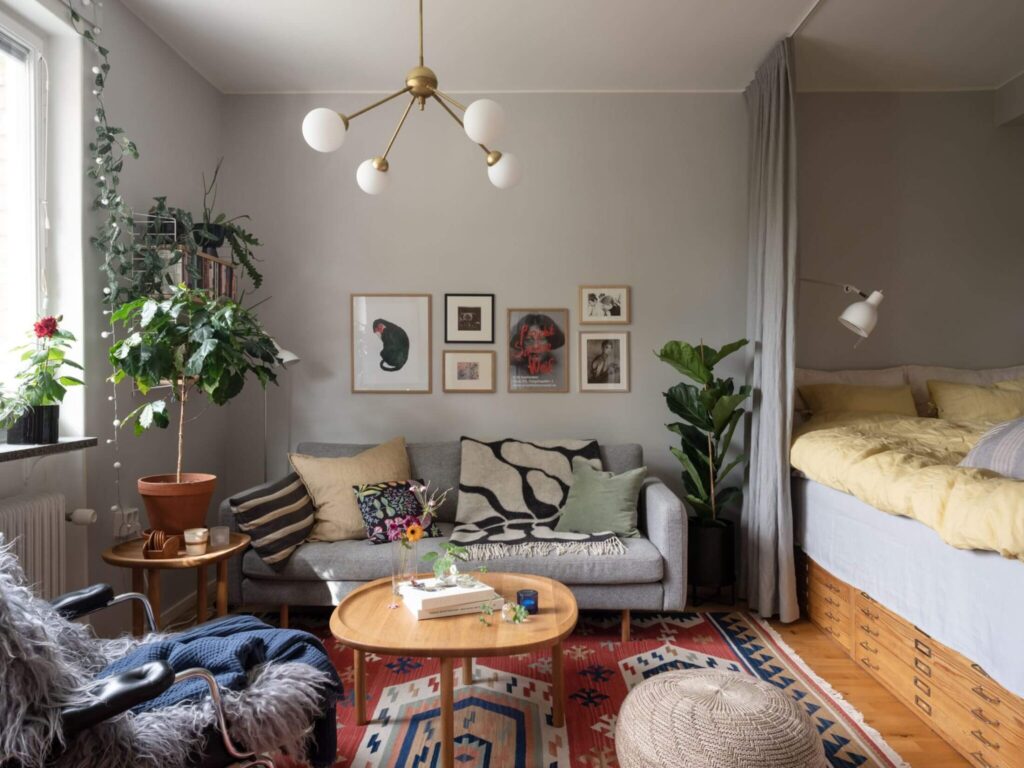
- Large Wall Mirrors: A large mirror on one wall can double the visual space of your studio.
- Mirrored Furniture: Dressers or cabinets with mirrored surfaces can add a touch of glamour while also enhancing the sense of space.
- Mirror Groupings: A collection of smaller mirrors can create a visually interesting focal point while also reflecting light.
Decluttering and Organization: The Foundation of a Tidy Studio
No matter how well-designed your studio is, it will always feel cramped and cluttered if it’s not properly organized. Regular decluttering is essential for maintaining a sense of order and maximizing space.
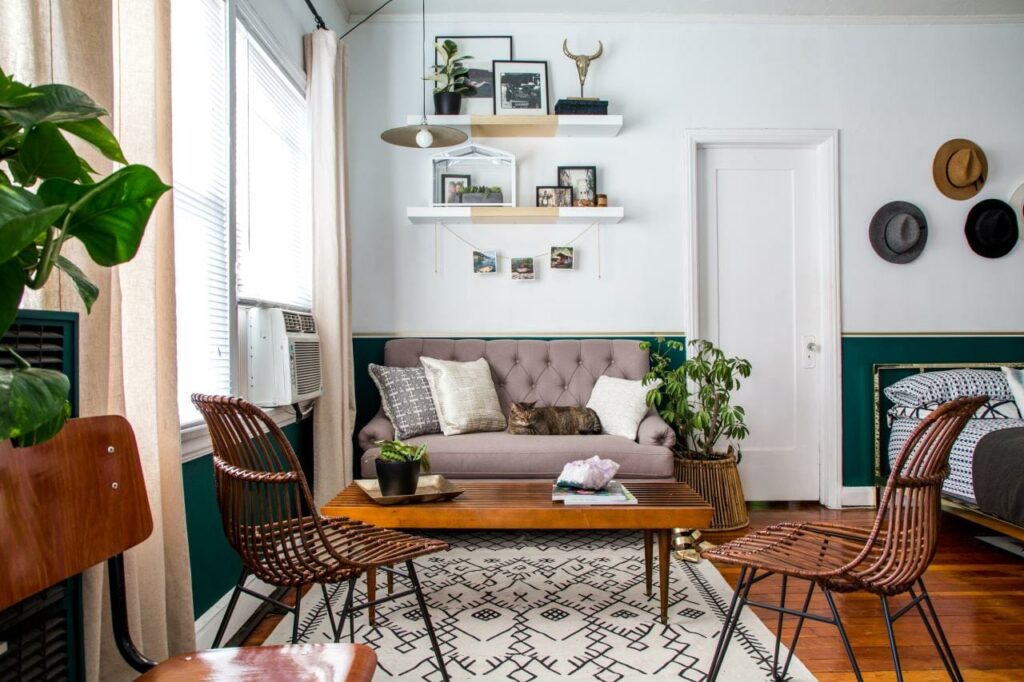
- Get Rid of Unnecessary Items: Be ruthless! If you haven’t used something in six months, it’s probably time to donate or sell it.
- Invest in Organizing Tools: Baskets, bins, drawer dividers, and other organizing tools can help you keep your belongings tidy and accessible.
- Establish a Routine: Set aside a few minutes each day to tidy up and put things back in their place.
- Utilize Wall Hooks: Wall hooks are a great way to hang coats, bags, and other items, freeing up valuable floor space.
Defining Zones: Creating Distinct Living Areas
In a studio apartment, it’s crucial to create distinct zones for different activities. This helps to visually separate the space and make it feel more organized and functional. Here are some effective techniques for defining zones:
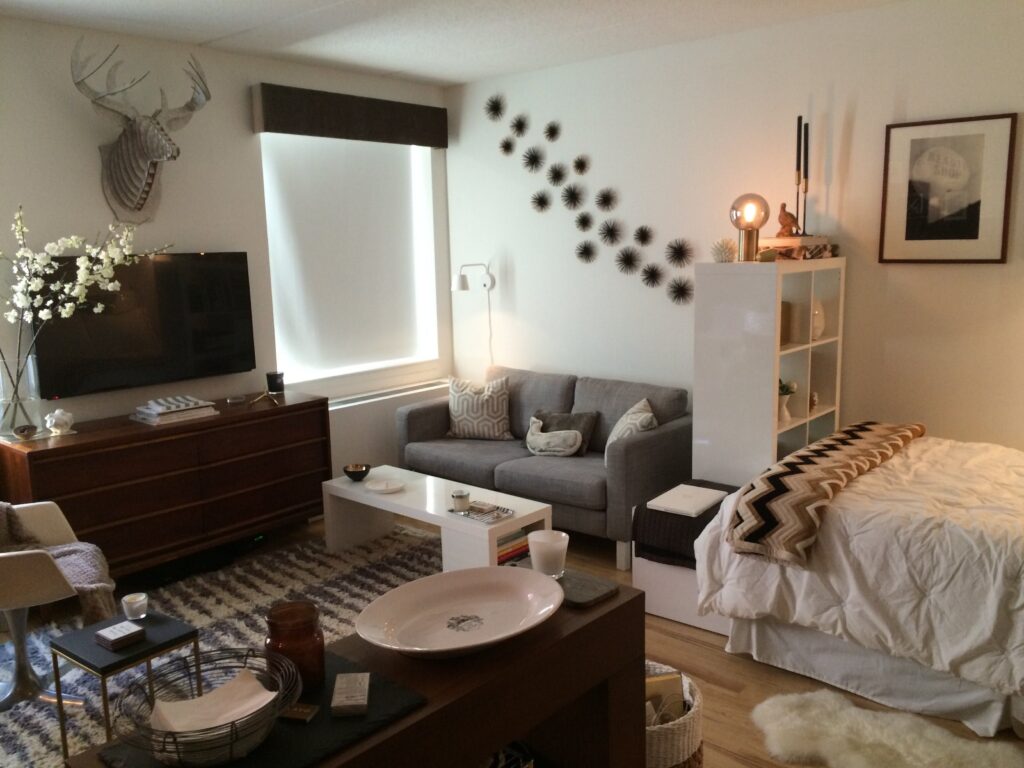
Furniture Placement: Creating Visual Boundaries
Strategic furniture placement can be used to create visual boundaries between different zones. For example, a sofa can be used to separate the living area from the sleeping area, or a bookshelf can be used to create a partition between the kitchen and the living room.
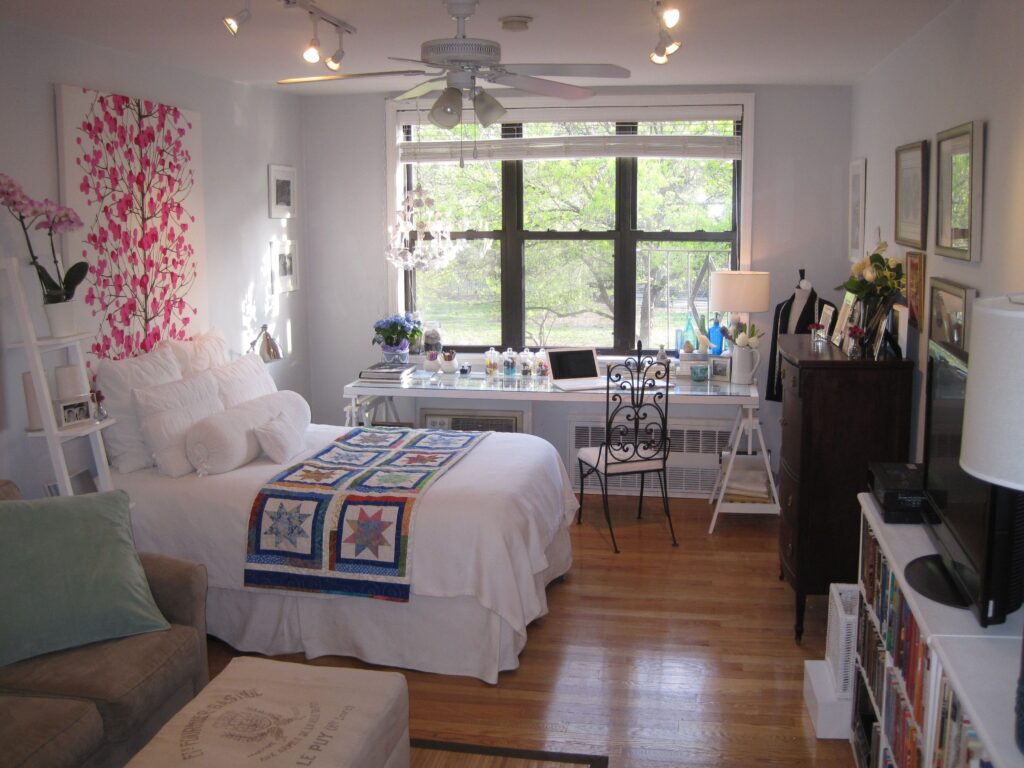
- Sofa as a Divider: Position the back of a sofa towards the sleeping area to create a sense of separation.
- Bookcase as a Partition: A tall bookcase can serve as a functional and stylish partition between different zones.
- Area Rugs: Use area rugs to define specific areas, such as the living room or dining area.
Screens and Curtains: Adding Privacy and Separation
Screens and curtains are another effective way to create privacy and separation in a studio apartment. They can be used to conceal the sleeping area or to create a temporary partition when needed.
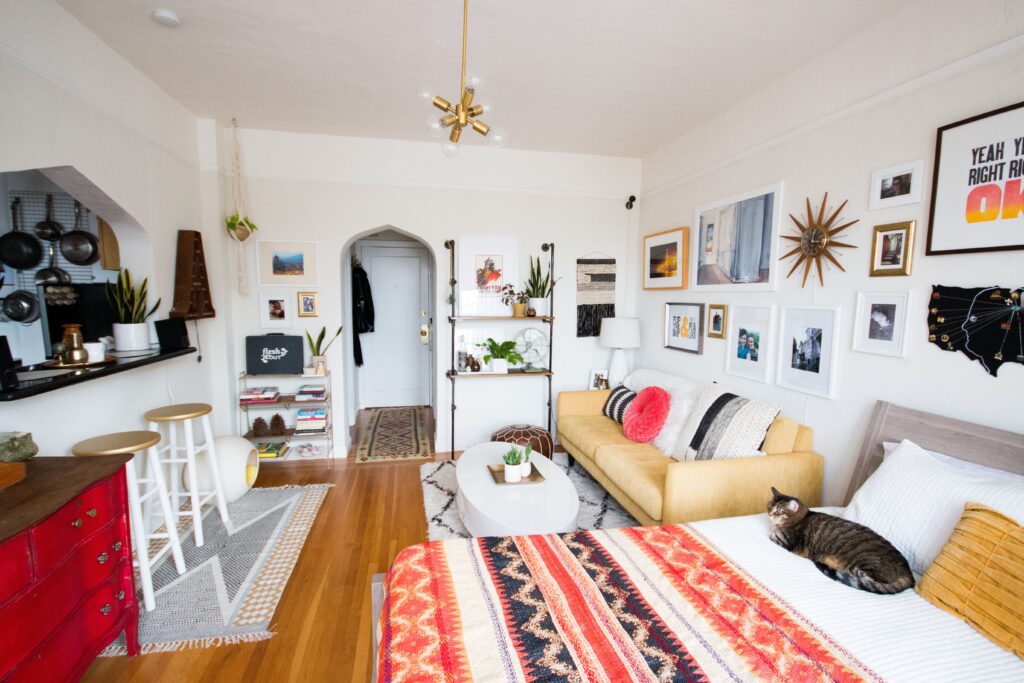
- Folding Screens: A versatile option that can be easily moved and adjusted as needed.
- Curtains: Hang curtains from the ceiling to create a soft and elegant partition.
- Room Dividers: Modern room dividers can add style and functionality to your studio.
Color and Lighting: Creating Visual Interest
Color and lighting can also be used to define zones and create visual interest in a studio apartment. Use different colors or lighting schemes to highlight different areas and create a sense of depth and dimension.
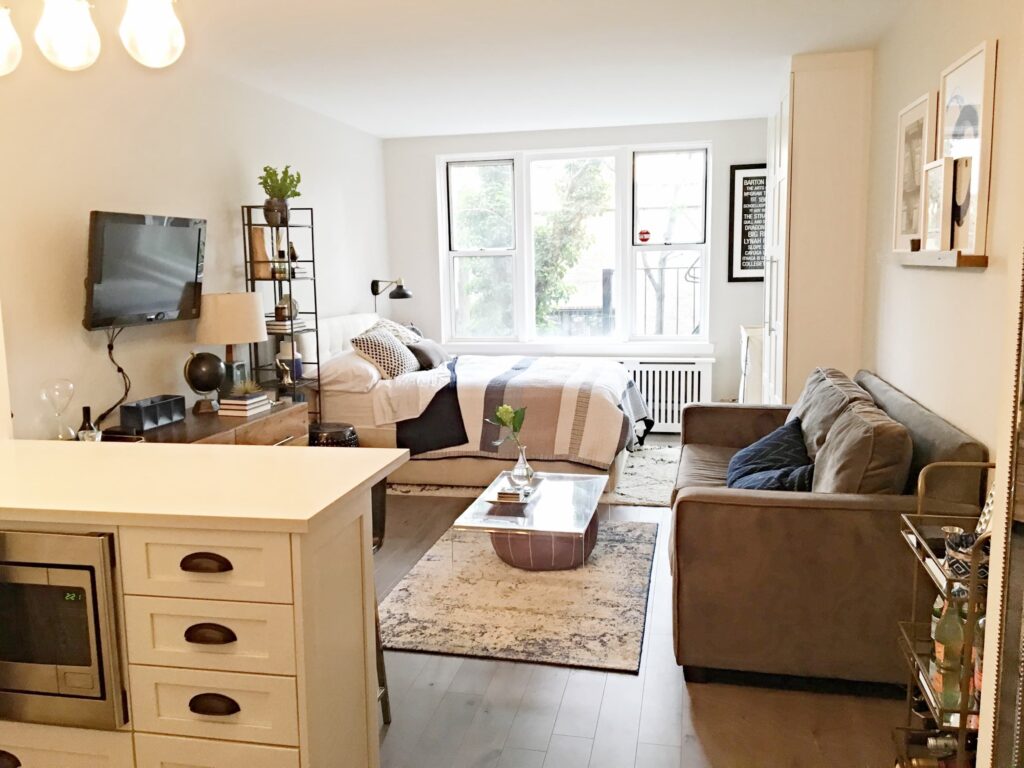
- Accent Walls: Paint one wall in a different color to create a focal point and define a specific area.
- Different Lighting Fixtures: Use different types of lighting fixtures to create different moods in different zones. For example, use warm lighting in the living room and bright lighting in the kitchen.
- Area Rugs: Rugs in different colors and patterns can help define zones.
Choosing the Right Furniture: Style and Functionality Combined
Selecting the right furniture is crucial for creating a functional and stylish studio apartment. Look for pieces that are both aesthetically pleasing and practical, offering storage solutions and maximizing space.
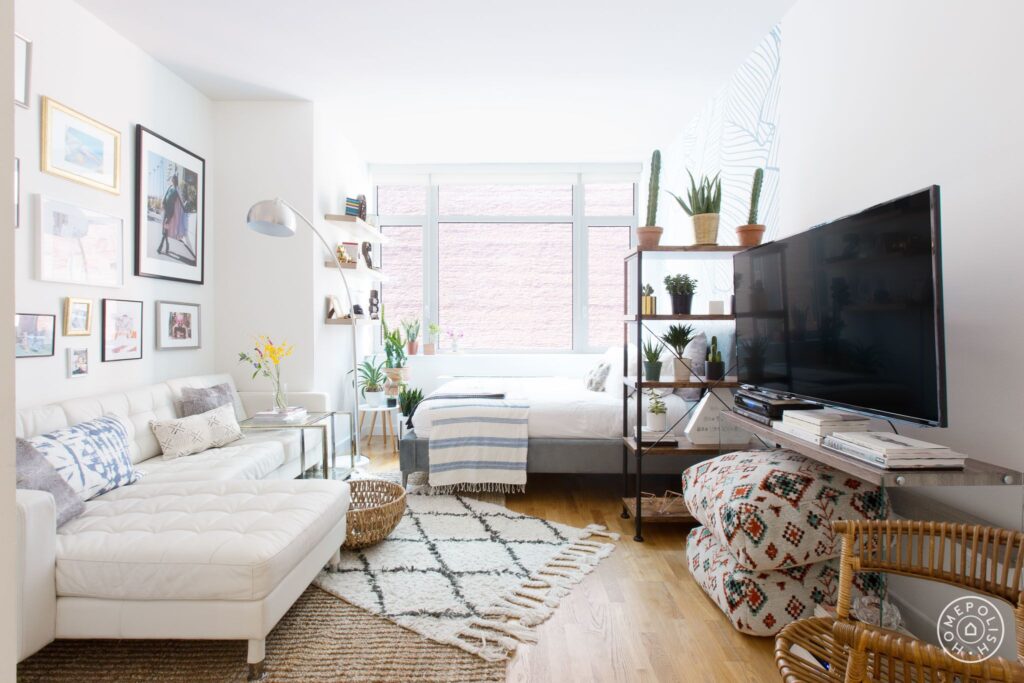
Scale and Proportion: Maintaining a Balanced Look
When choosing furniture for a small space, it’s important to consider the scale and proportion of the pieces. Avoid oversized furniture that will overwhelm the room and opt for smaller, more streamlined pieces that will fit comfortably in the space.
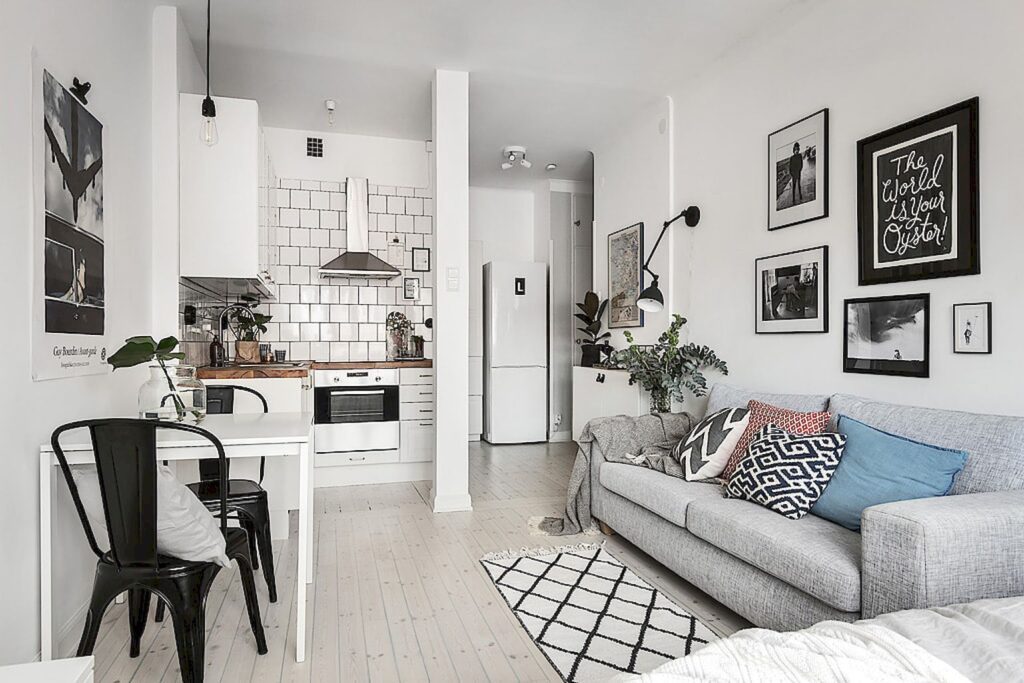
- Small-Scale Sofas and Chairs: Choose sofas and chairs with a smaller footprint to maximize floor space.
- Narrow Consoles and Tables: Opt for narrow consoles and tables that won’t take up too much space.
- Avoid Bulky Furniture: Steer clear of bulky furniture with heavy frames, as they can make the space feel cramped.
Color and Texture: Creating a Cohesive Aesthetic
The color and texture of your furniture can play a significant role in the overall look and feel of your studio apartment. Choose colors and textures that complement each other and create a cohesive aesthetic.

- Light and Neutral Colors: Light and neutral colors can make a small space feel brighter and more open.
- Textured Fabrics: Add visual interest with textured fabrics such as linen, velvet, or corduroy.
- Mix and Match: Don’t be afraid to mix and match different colors and textures to create a unique and personalized look.
Comfort and Style: Prioritizing Your Personal Taste
Ultimately, the furniture you choose for your studio apartment should reflect your personal taste and provide you with comfort and enjoyment. Don’t be afraid to experiment with different styles and find pieces that you truly love.
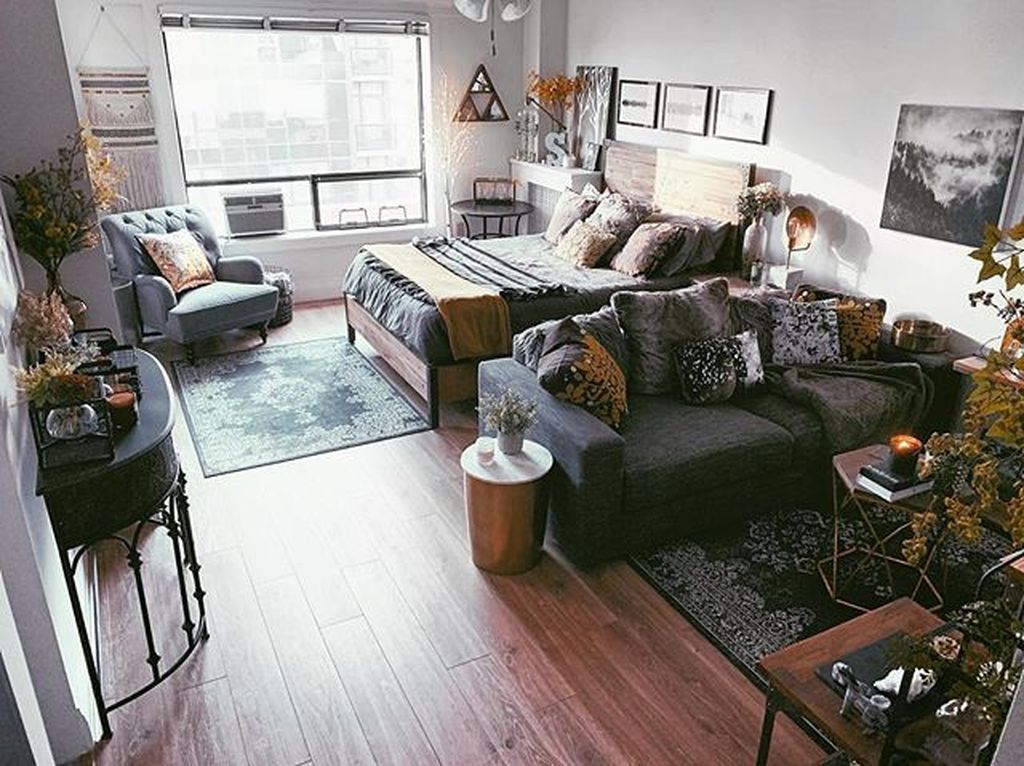
- Choose Pieces You Love: Select furniture that you find aesthetically pleasing and that reflects your personal style.
- Prioritize Comfort: Make sure your furniture is comfortable and inviting, creating a space where you can relax and unwind.
- Consider Your Lifestyle: Choose furniture that suits your lifestyle and meets your specific needs.
Adding Personal Touches: Making Your Studio Feel Like Home
Once you’ve maximized space, defined zones, and chosen the right furniture, it’s time to add personal touches that will make your studio feel like home. These finishing touches can transform your space from a functional living area into a warm and inviting sanctuary.
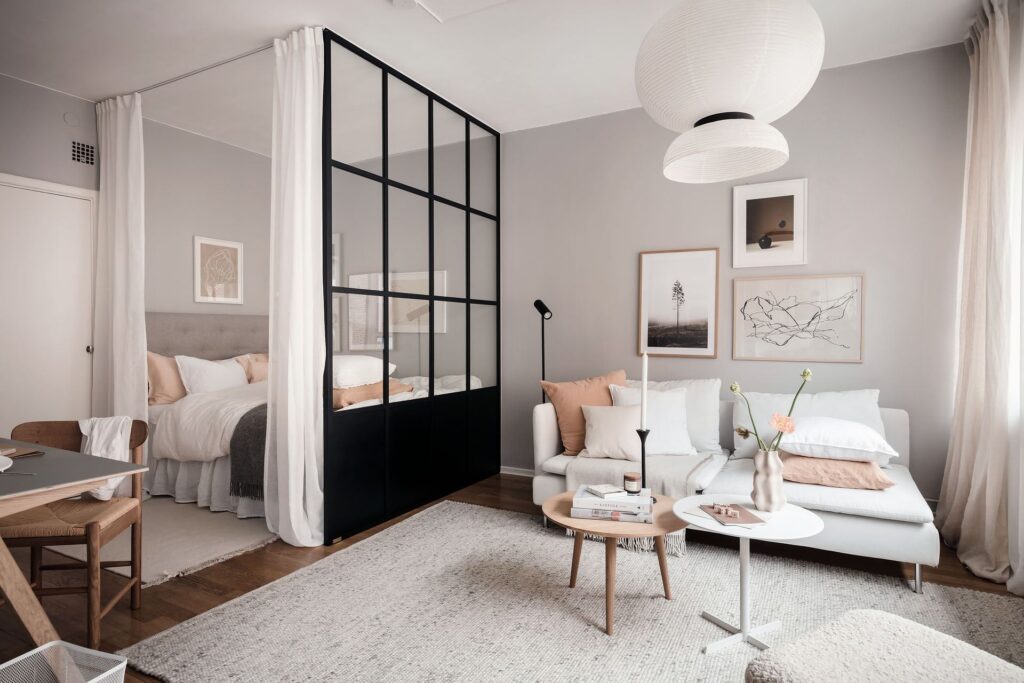
Artwork and Decor: Expressing Your Personality
Artwork and decor are a great way to express your personality and add visual interest to your studio apartment. Choose pieces that you love and that reflect your unique style.
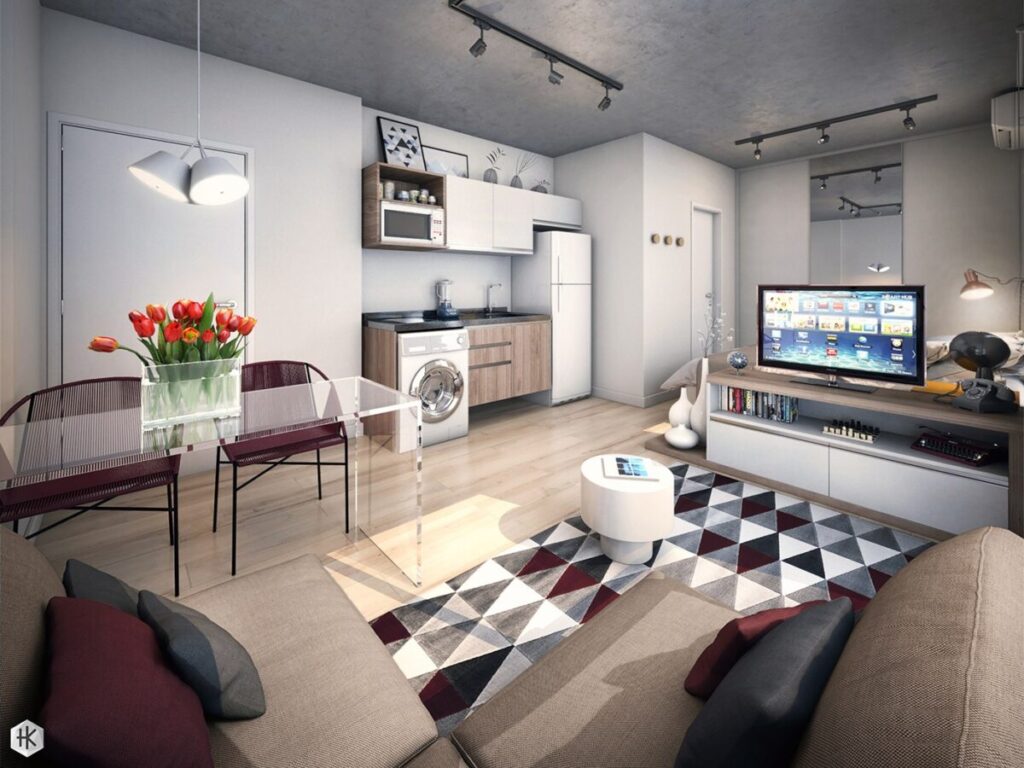
- Wall Art: Hang paintings, prints, or photographs that you find visually appealing.
- Sculptures and Statues: Add sculptures or statues to create a focal point in your studio.
- Decorative Objects: Display decorative objects such as vases, bowls, or candles to add a personal touch.
Plants and Greenery: Bringing the Outdoors In
Plants and greenery can add life and vibrancy to your studio apartment. They can also help to purify the air and create a more relaxing atmosphere.
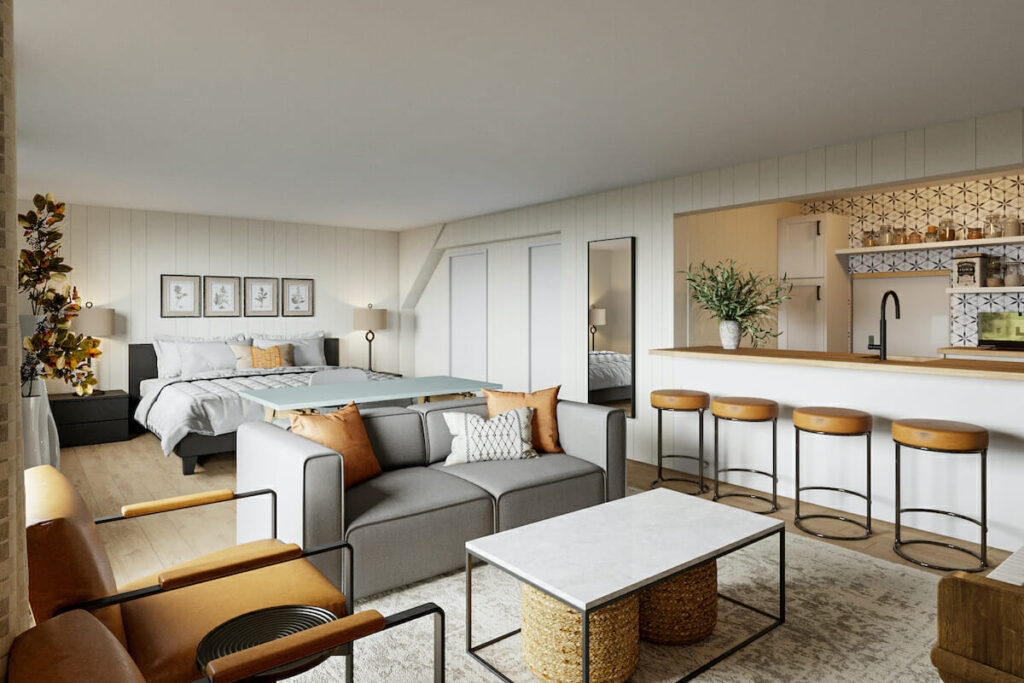
- Potted Plants: Place potted plants on shelves, tables, or windowsills to add a touch of nature to your studio.
- Hanging Plants: Hang plants from the ceiling to create a vertical garden.
- Succulents and Cacti: These low-maintenance plants are perfect for adding greenery to your studio without requiring a lot of care.
Lighting: Setting the Mood
Lighting is crucial for setting the mood in your studio apartment. Use a combination of different types of lighting to create a warm and inviting atmosphere.
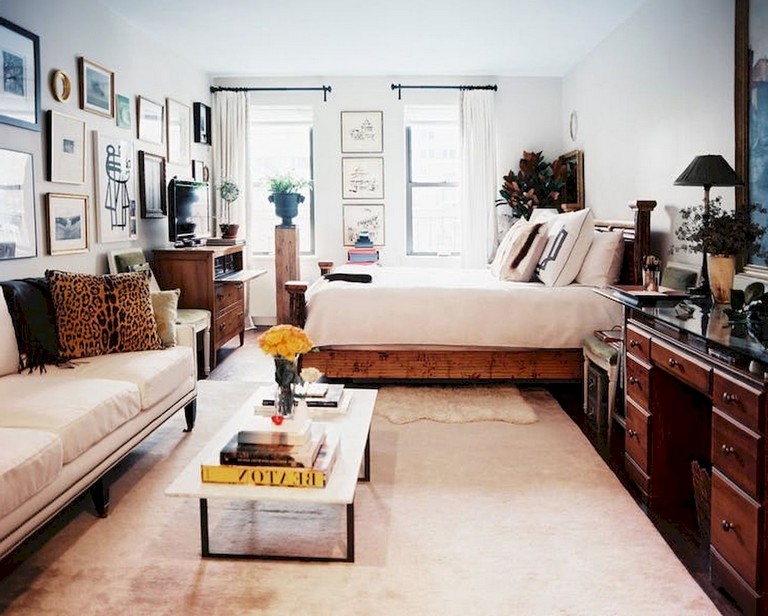
- Ambient Lighting: Provides overall illumination for the room.
- Task Lighting: Provides focused light for specific tasks such as reading or cooking.
- Accent Lighting: Highlights specific features or objects in the room.
Textiles and Accessories: Adding Comfort and Warmth
Textiles and accessories can add comfort and warmth to your studio apartment. Use soft blankets, cozy pillows, and plush rugs to create a welcoming and inviting space.
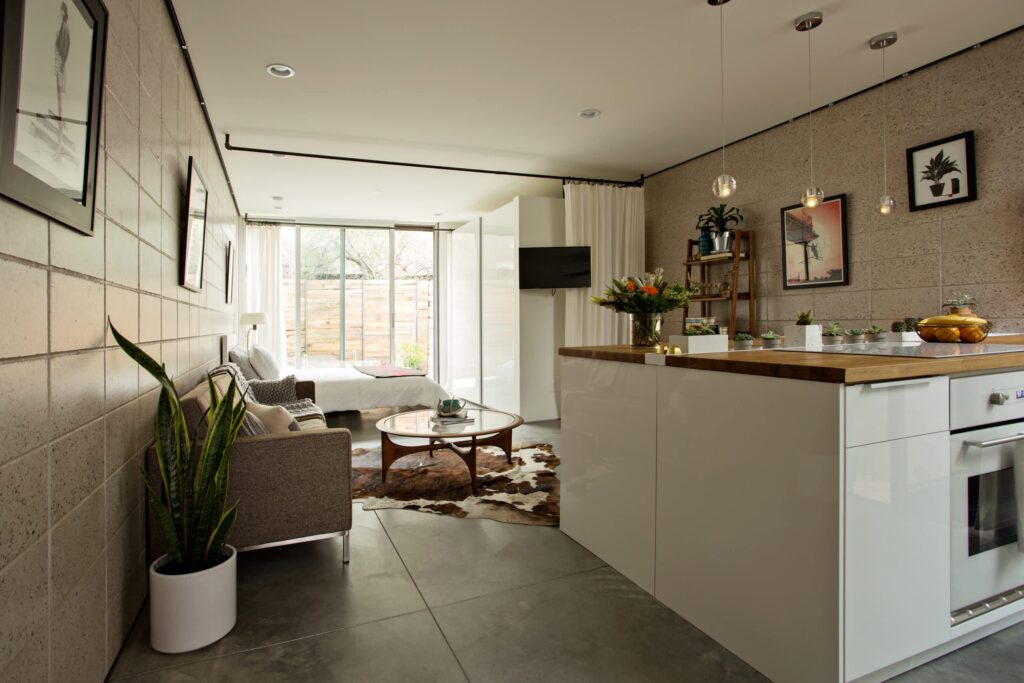
- Blankets and Throws: Drape blankets and throws over sofas and chairs to add a touch of comfort and warmth.
- Pillows and Cushions: Add pillows and cushions to your sofa and bed to create a more inviting and comfortable space.
- Rugs and Carpets: Place rugs and carpets on the floor to add warmth and texture to your studio.
Specific Studio Apartment Design Styles
Now that we’ve covered the fundamentals, let’s explore some popular studio apartment design styles to inspire your own space:
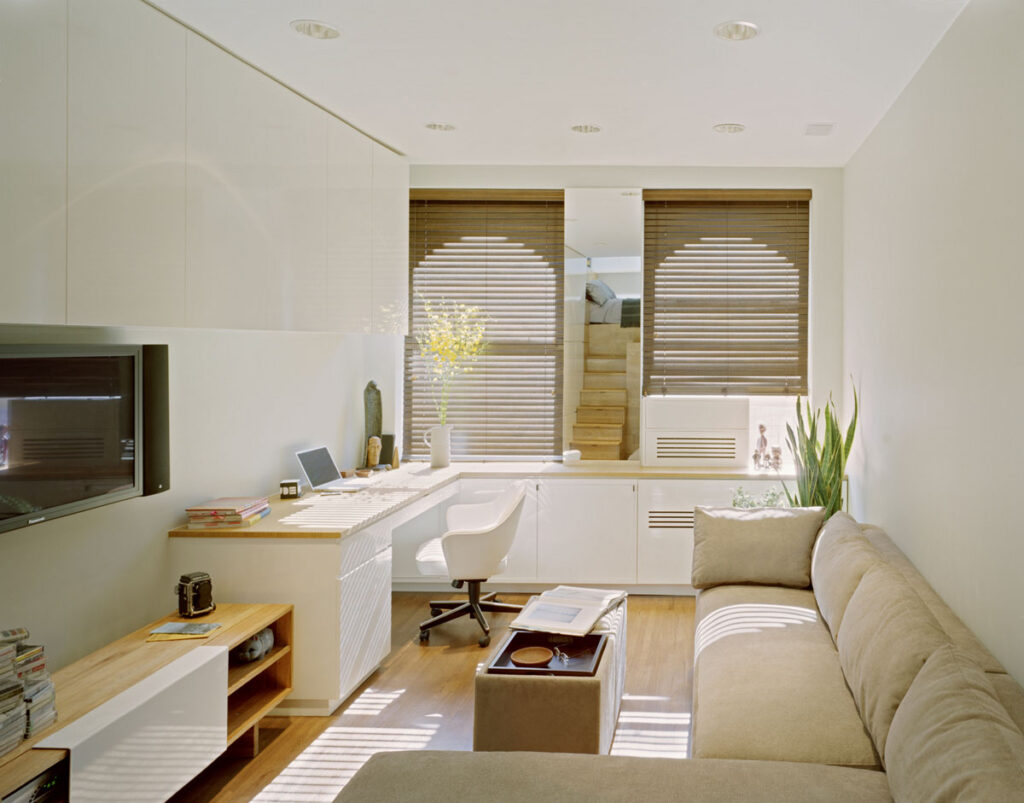
Minimalist Studio: Clean Lines and Functional Simplicity
The minimalist style focuses on clean lines, simple forms, and a muted color palette. Furniture is kept to a minimum, and clutter is eliminated to create a sense of calm and order. Key elements include:
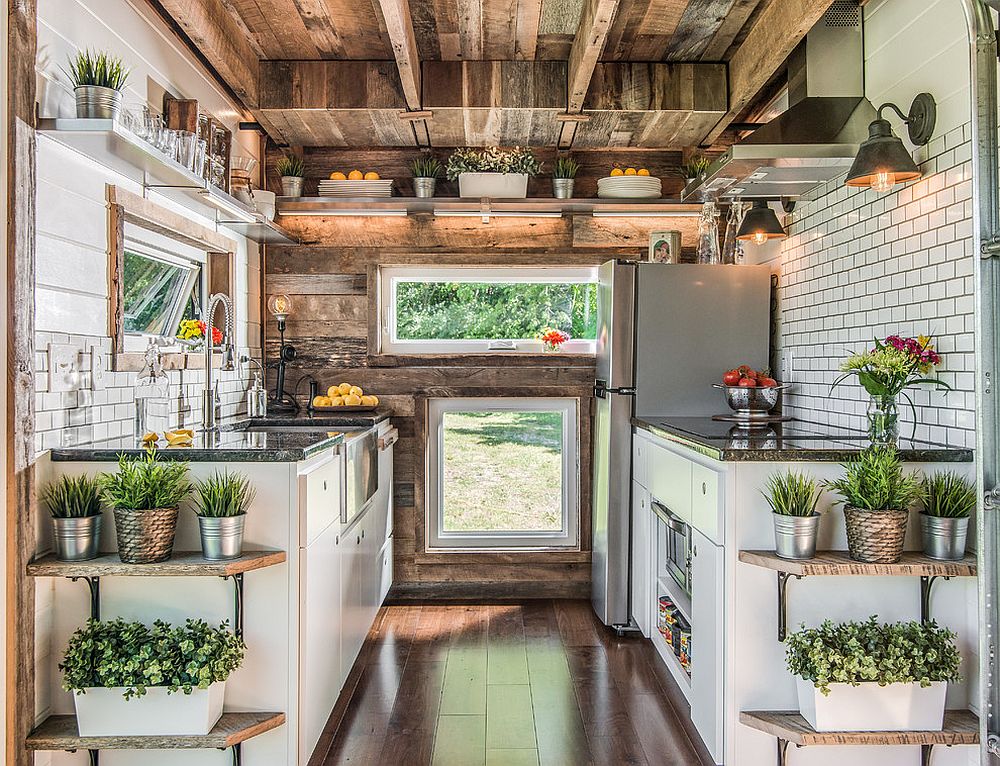
- Neutral color schemes (white, gray, beige)
- Simple, unadorned furniture
- Minimalist artwork and decor
- Ample storage to conceal clutter
Bohemian Studio: Eclectic and Free-Spirited
The bohemian style embraces eclecticism, individuality, and a free-spirited aesthetic. It’s all about mixing and matching different patterns, textures, and colors to create a unique and personalized space. Key elements include:
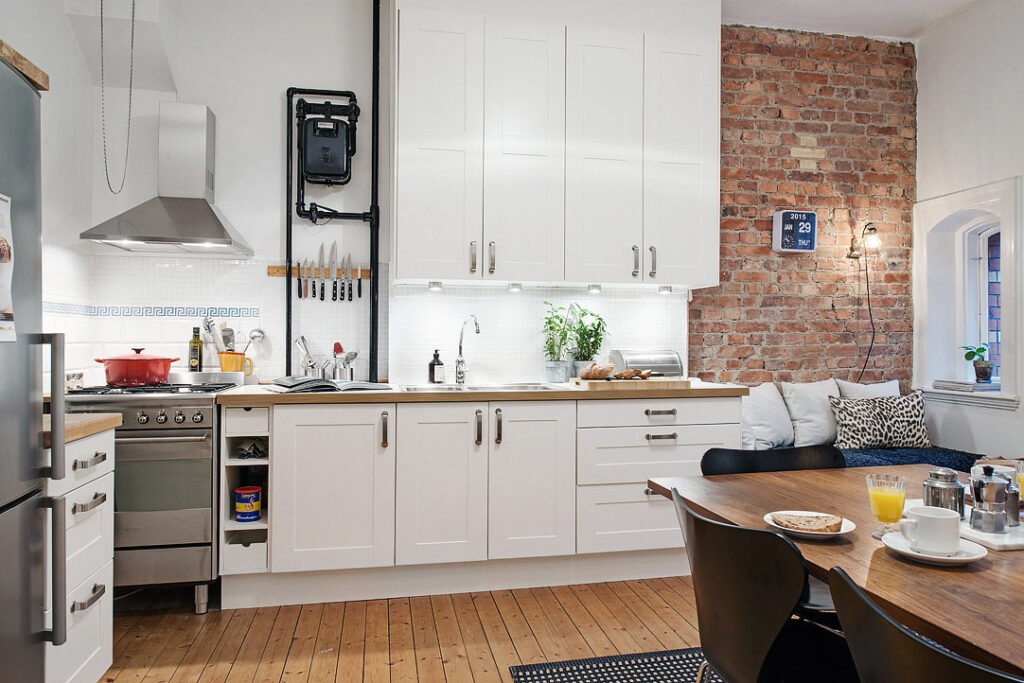
- Bold colors and patterns
- Vintage furniture and decor
- Textiles with intricate details (tapestries, rugs, pillows)
- Plants and greenery
Industrial Studio: Raw and Unrefined
The industrial style draws inspiration from factories, warehouses, and other industrial spaces. It features exposed brick, concrete floors, and metal accents. Key elements include:
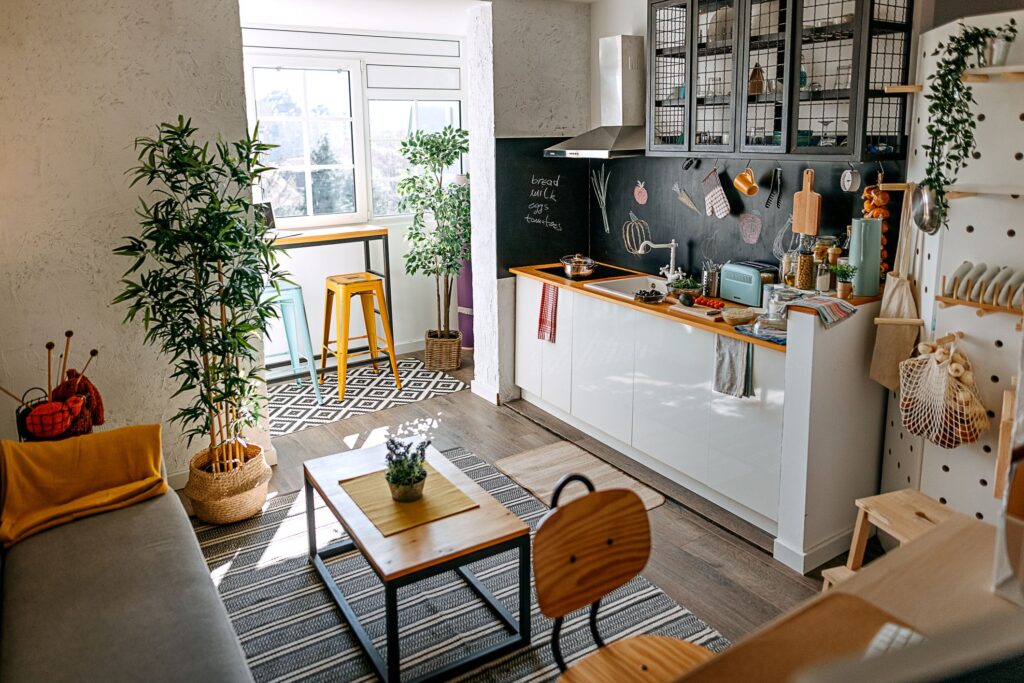
- Exposed brick or concrete walls
- Metal furniture and fixtures
- Vintage or reclaimed items
- Neutral color palette with pops of color
Scandinavian Studio: Cozy and Functional
The Scandinavian style emphasizes simplicity, functionality, and coziness. It features light colors, natural materials, and comfortable furniture. Key elements include:
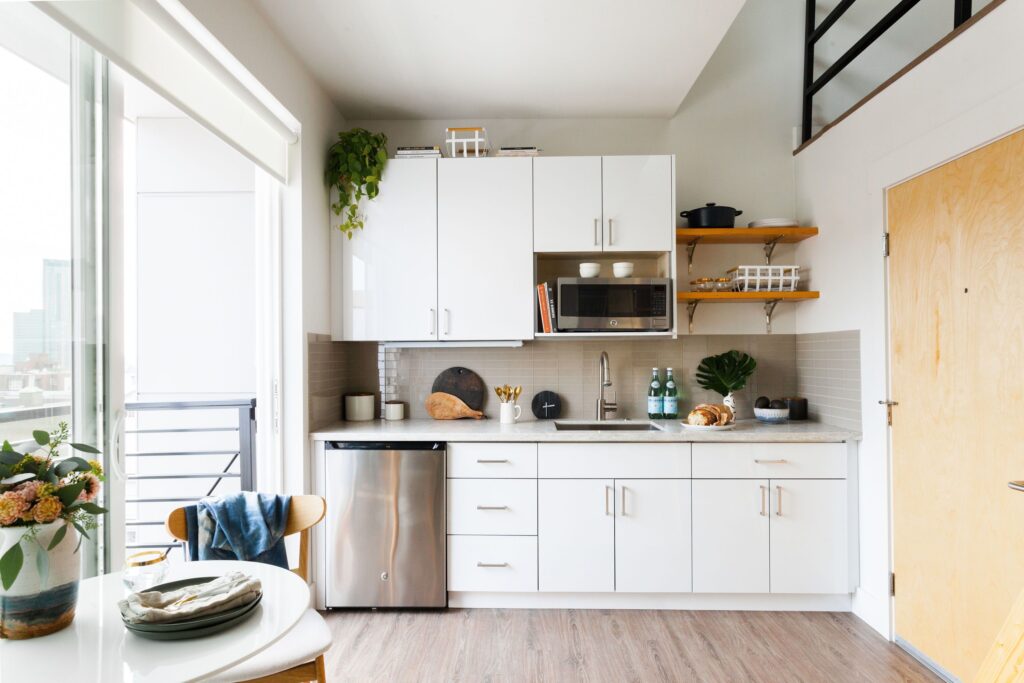
- Light and airy color palette (white, light gray, pastel colors)
- Natural materials (wood, wool, linen)
- Functional and comfortable furniture
- Warm lighting and soft textiles
Studio Apartment Design on a Budget
Designing a beautiful studio apartment doesn’t have to break the bank. Here are some tips for creating a stylish space on a budget:
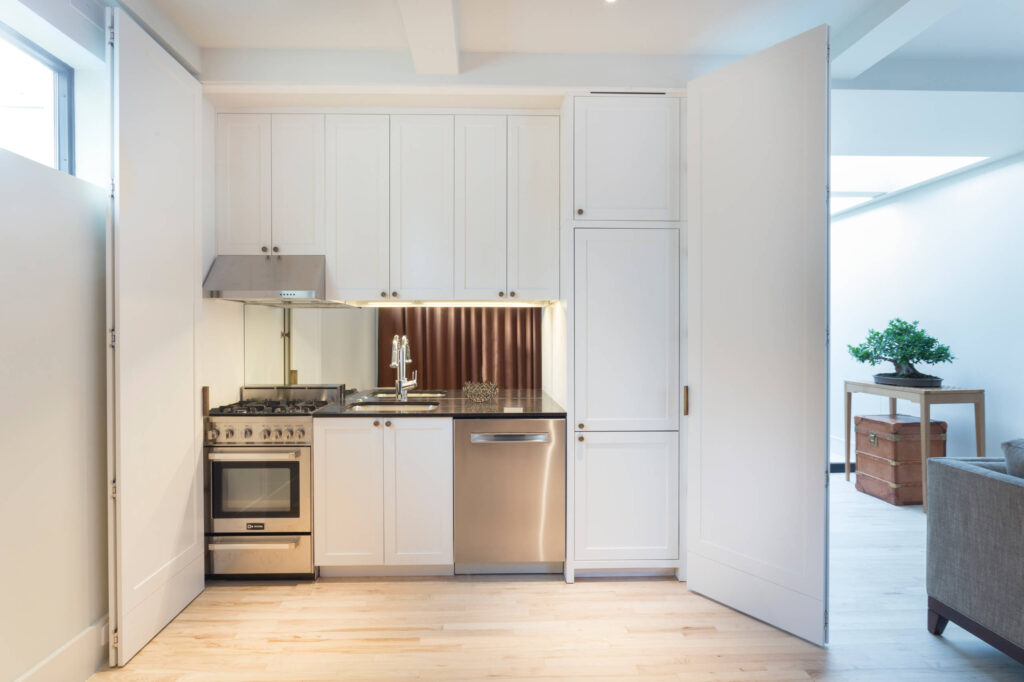
- Shop Secondhand: Explore thrift stores, flea markets, and online marketplaces for affordable furniture and decor.
- DIY Projects: Get creative and try DIY projects to personalize your space and save money.
- Focus on Key Pieces: Invest in a few high-quality pieces that you love and then fill in the gaps with more affordable items.
- Repurpose Items: Look for ways to repurpose existing items to give them a new life.
- DIY Wall Art: Create your own art to save money, it can be as simple as framing fabric, posters or canvas art.
Final Thoughts: Creating Your Dream Studio
Designing a studio apartment requires careful planning, creativity, and a willingness to embrace the challenges and opportunities that come with small-space living. By maximizing space, defining zones, choosing the right furniture, and adding personal touches, you can transform your studio into a stylish, functional, and inviting home that reflects your unique personality and lifestyle.
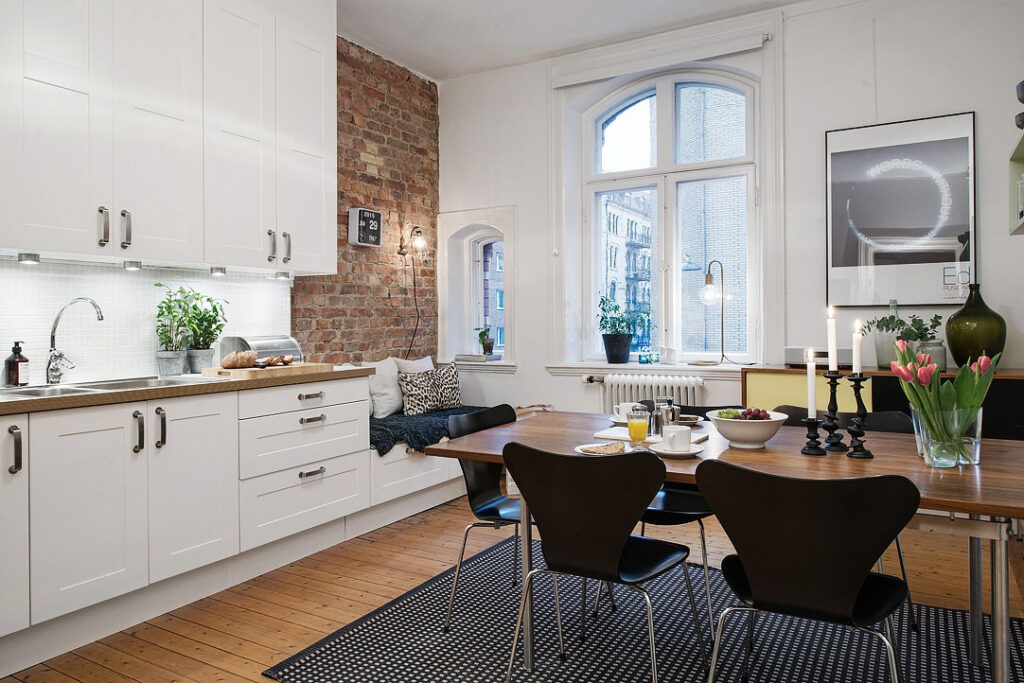
Remember, the most important thing is to create a space that you love and that makes you feel comfortable and happy. Don’t be afraid to experiment with different ideas and find what works best for you. With a little effort and creativity, you can create a studio apartment that you’re proud to call home.
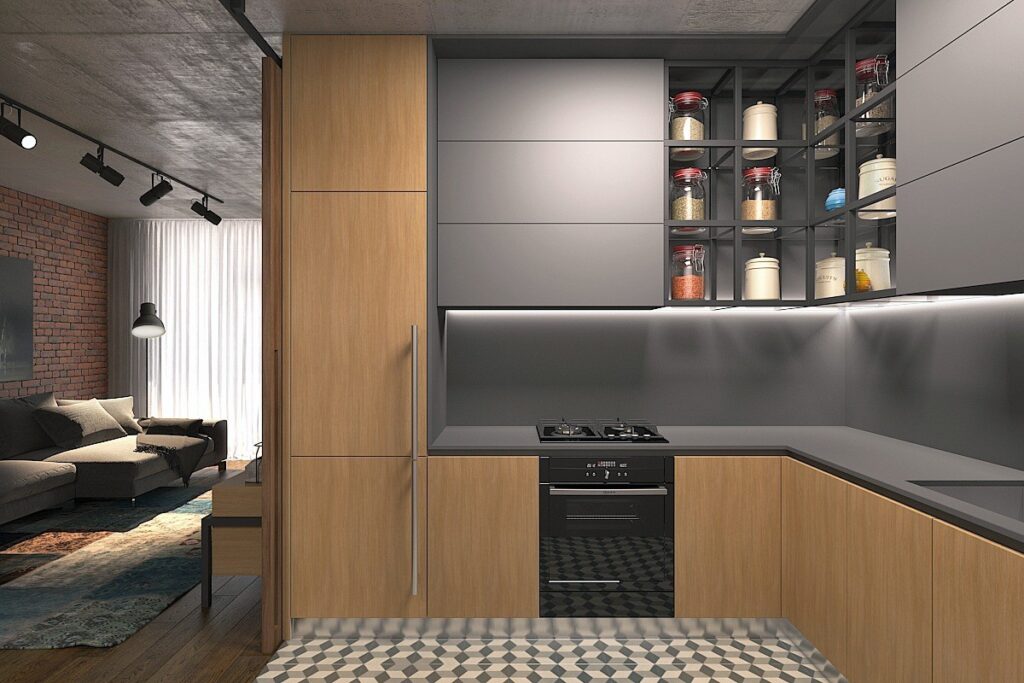
Now, go forth and transform your small space into a haven of style and functionality! Good luck, and happy decorating!
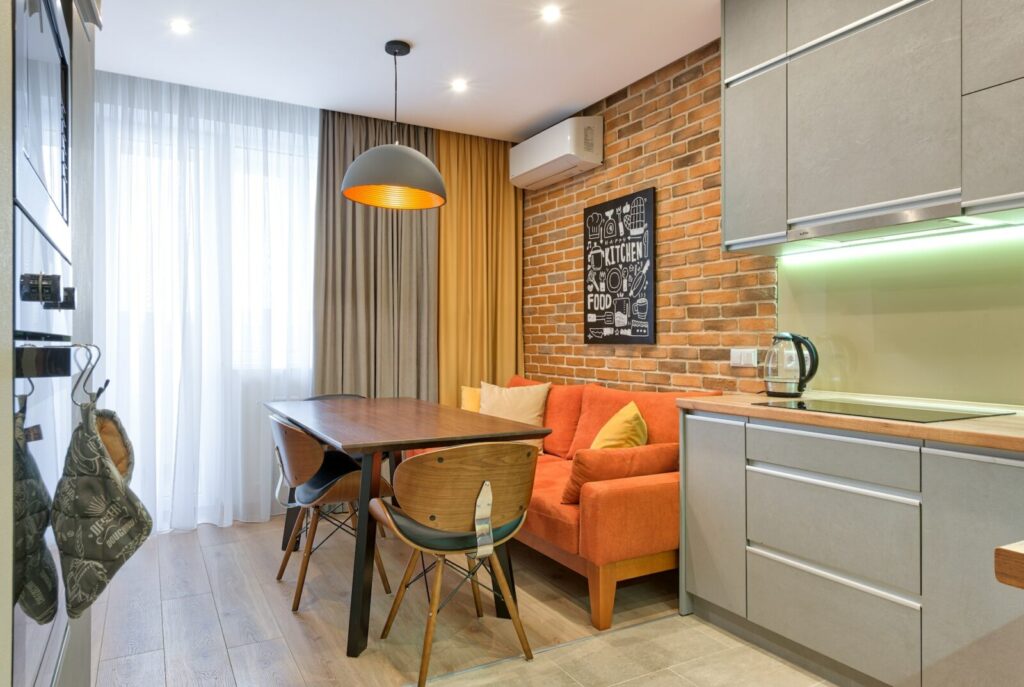
 Nimila
Nimila

